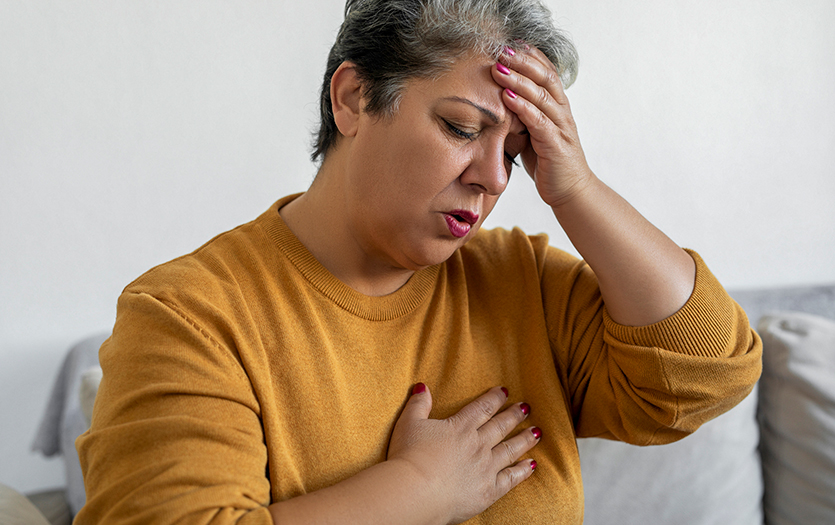
This post was written by Christopher Smitson, MD, PPG – Cardiology.
Valvular heart disease is a common heart condition, but what does it mean? Let’s take a closer look at valve disease by exploring what it is, its prevalence, causes, symptoms, prevention and the treatment options available, including treatment at Parkview’s Valve Specialty Clinic at Parkview Heart Institute.
What is valve disease?
The heart contains four chambers and four valves. Heart valves function to direct blood flow through each chamber. The tricuspid and pulmonic valves are on the right side of the heart and direct blood from veins to the lungs. The mitral and aortic valves are on the left side of the heart and direct oxygenated blood to the body.
Heart valves open and close during each heartbeat. There are two primary issues that can occur. The first is stenosis. This occurs when a valve opening becomes too narrow, making it difficult for the heart to fill or empty. The second is regurgitation. This happens when a valve closes improperly, allowing blood to leak backward.
How common is valve disease?
Valvular heart disease is a common condition that affects millions of people. In the United States, it is estimated that 2.5% of the population has valvular heart disease. The prevalence significantly increases with age, where approximately 13% of individuals over 75 years old have valvular heart disease.1
Aortic valve stenosis, where the aortic valve becomes too narrow, is the most common cause of valvular heart disease in the developed world. Rheumatic heart disease, where the heart valves have been permanently damaged by rheumatic fever is the most prevalent worldwide. Mitral regurgitation, where the mitral valve doesn’t close properly, is the third most frequent cause of valvular heart disease.2
What causes valve disease?
There are many different types of valvular heart disease, and each condition has different causes. The most common reasons include the following:
- Aging
- Congenital heart disease
- Rheumatic fever
- Infections
- High blood pressure
- Prior heart attacks
- Radiation therapy to the chest
What are the symptoms of valve disease?
Common symptoms include:
- Fatigue
- Swollen ankles or feet
- Difficulty with laying flat or waking up short of breath
- Chest pain or discomfort
- Lightheadedness or fainting episodes
- Palpitations
Can I prevent valve disease?
Although many risk factors are beyond your control, you can reduce your risk of valve disease by maintaining a heart-healthy lifestyle. This includes eating a healthy diet, regular exercise, managing other chronic medical conditions and not smoking.
What happens if valve disease goes untreated?
Avoiding appropriate treatment can result in heart failure, stroke, abnormal heart rhythms and death.
What are treatment options for valve disease?
Treatment options include medicines, minimally invasive procedures, and open-heart surgery. Minimally invasive procedures offered at Parkview include transcatheter aortic valve replacement (TAVR), transcatheter edge to edge mitral valve repair, transcatheter mitral valve replacement, and mitral balloon valvuloplasty.
When to call your doctor?
Call your physician if you experience symptoms of increasing shortness of breath, fatigue, leg swelling, chest pain or fainting spells.
How do I get a referral to the Valve Clinic at Parkview Heart Institute?
To access our Valve Clinic at Parkview Heart Institute, please contact your primary care physician or general cardiologist for a referral.
Sources
Nkomo, V. T., Gardin, J. M., Skelton, T. N., Gottdiener, J. S., Scott, C. G., & Enriquez-Sarano, M. (2006). Burden of valvular heart diseases: a population-based study. The lancet, 368(9540), 1005-1011.
Aluru JS, Barsouk A, Saginala K, Rawla P, Barsouk A. Valvular Heart Disease Epidemiology. Med Sci (Basel). 2022 Jun 15;10(2):32. doi: 10.3390/medsci10020032. PMID: 35736352; PMCID: PMC9228968.



